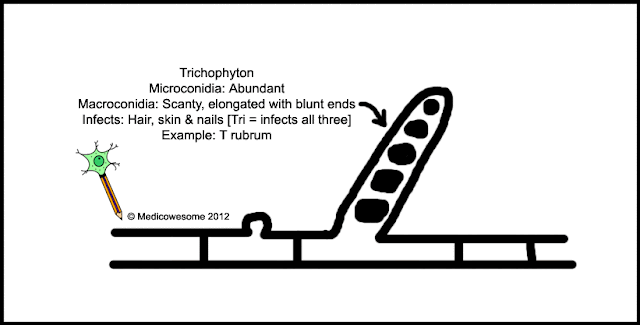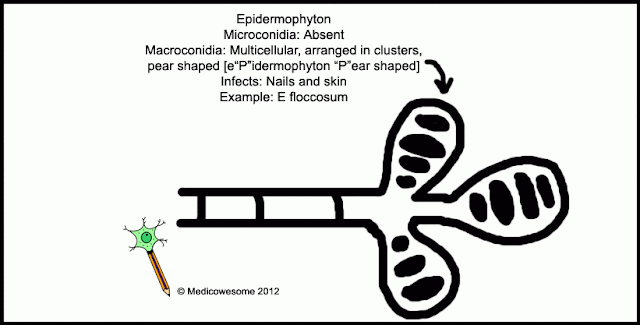Hey everyone!
What is coronary steal phenomenon?
Coronary steal is the term given to blood being stolen from one region of the coronary tree by another
It is also called coronary steal syndrome.
When does this happen?
When a powerful coronary dilator like dipyrimadole or hydralazine is given.
These drugs are potent arteriolar dilators and dilate resistance vessels too.
Other drug associated with this phenomenon is isoflurane.
Why does this happen?
Let's say you have two branches of coronary artery - One normal and one significantly obstructed.
The normal one is capable of dilating and constricting in response to changes in oxygen demand.
The obstructed branch has significant arteriolar dilation even when cardiac oxygen demand is low, because of the accumulation of metabolites in the ischemic tissue.
Also, when you have blockages in one or more of your coronary arteries, there is impedance to blood flow.
If you add a vasodilator, the healthy normal vessels are forced to dilate.
The diseased/blocked arteries won't dilate much.
Also, blood flows through the path of least resistance.
So blood flow through the relatively healthy arteries increases.. This "steals" blood away from the diseased arteries, and you actually get less flow to the ischemic tissue.
I read a multiple choice question online, answer in the comments below
Which following drug effects responsible for coronary steal phenomenon?
Epicardial vessel dilatation
Capacitance vessel dilatation
Coronary microvessel dilatation
Arterial dilatation
Mixed arterial & venous dilatation
-IkaN
What is coronary steal phenomenon?
Coronary steal is the term given to blood being stolen from one region of the coronary tree by another
It is also called coronary steal syndrome.
 |
| Stole my heart? :P |
When does this happen?
When a powerful coronary dilator like dipyrimadole or hydralazine is given.
These drugs are potent arteriolar dilators and dilate resistance vessels too.
Other drug associated with this phenomenon is isoflurane.
Why does this happen?
Let's say you have two branches of coronary artery - One normal and one significantly obstructed.
The normal one is capable of dilating and constricting in response to changes in oxygen demand.
The obstructed branch has significant arteriolar dilation even when cardiac oxygen demand is low, because of the accumulation of metabolites in the ischemic tissue.
Also, when you have blockages in one or more of your coronary arteries, there is impedance to blood flow.
If you add a vasodilator, the healthy normal vessels are forced to dilate.
The diseased/blocked arteries won't dilate much.
Also, blood flows through the path of least resistance.
So blood flow through the relatively healthy arteries increases.. This "steals" blood away from the diseased arteries, and you actually get less flow to the ischemic tissue.
I read a multiple choice question online, answer in the comments below
Which following drug effects responsible for coronary steal phenomenon?
Epicardial vessel dilatation
Capacitance vessel dilatation
Coronary microvessel dilatation
Arterial dilatation
Mixed arterial & venous dilatation
-IkaN










